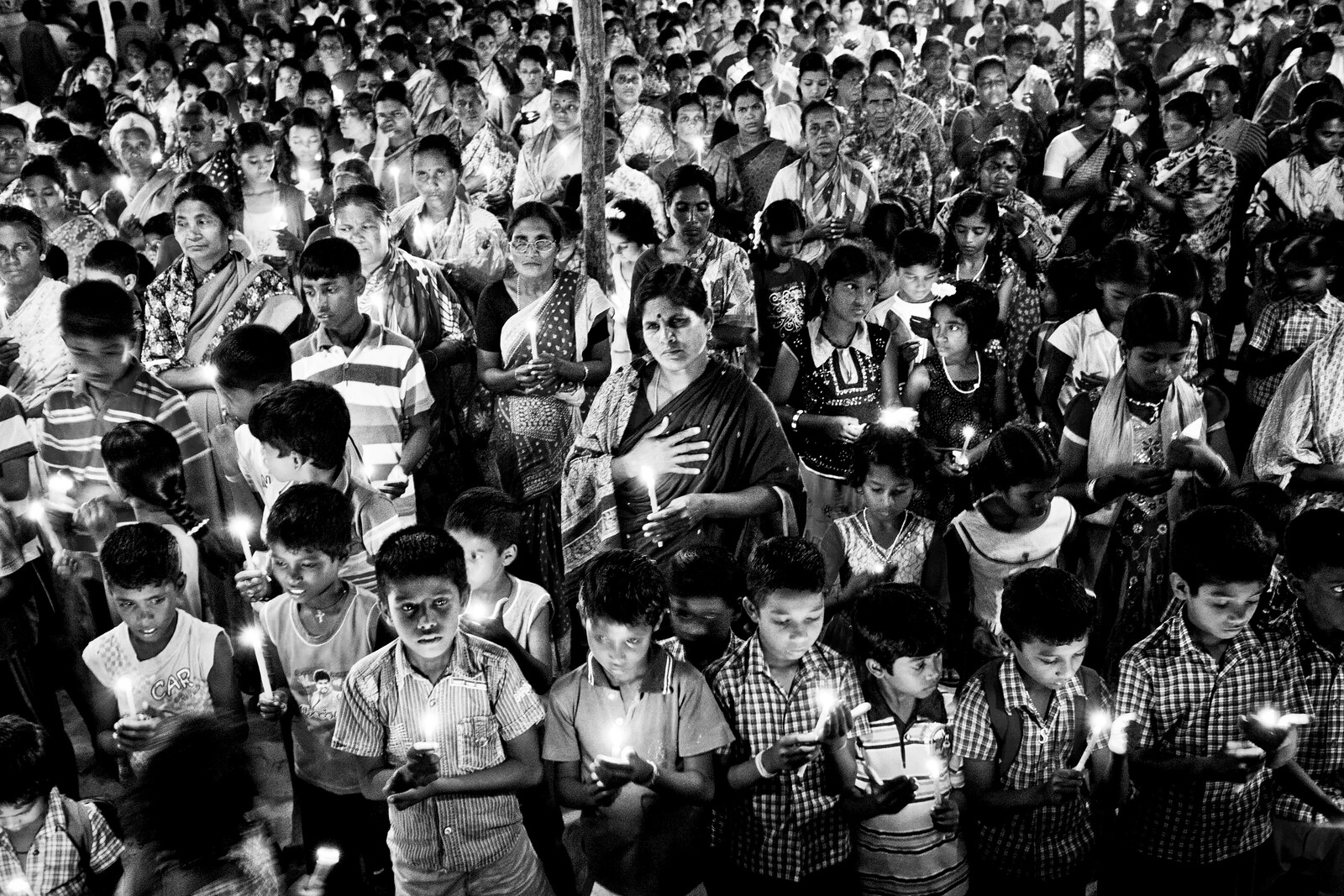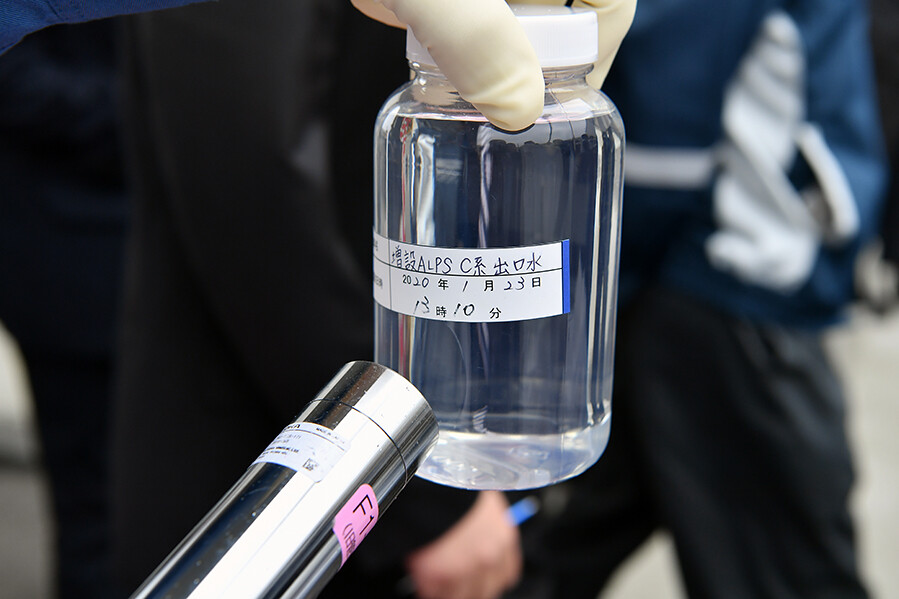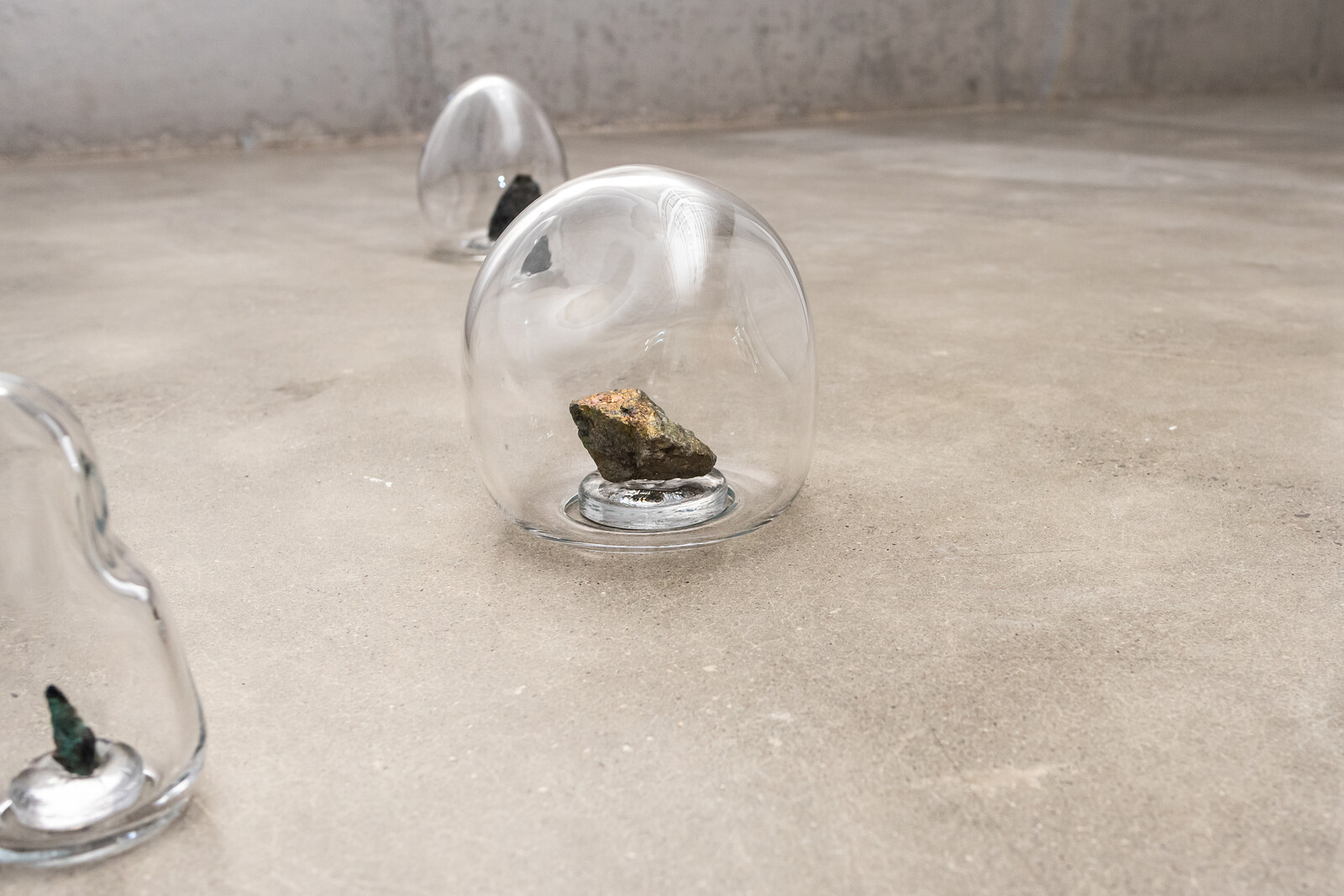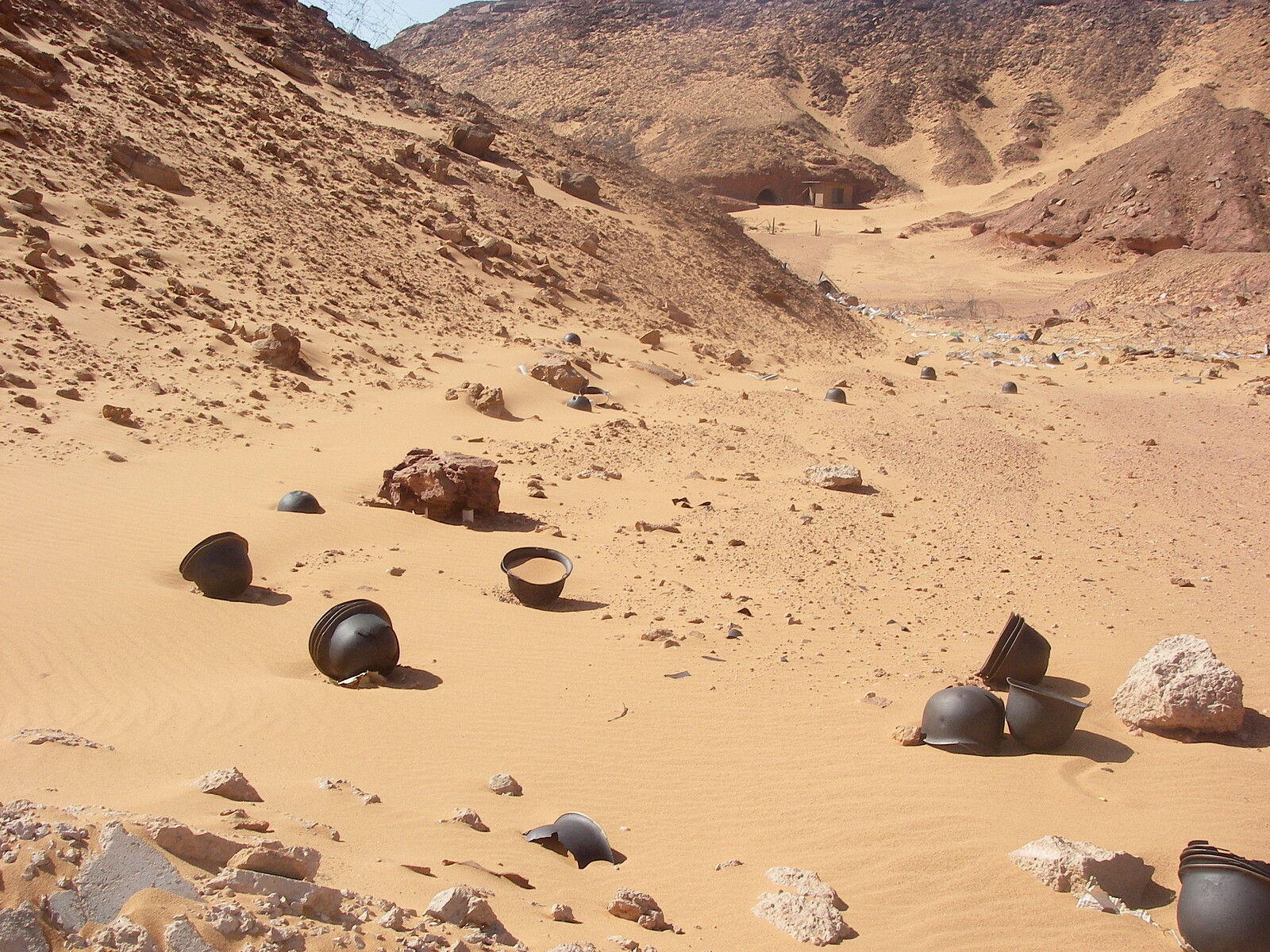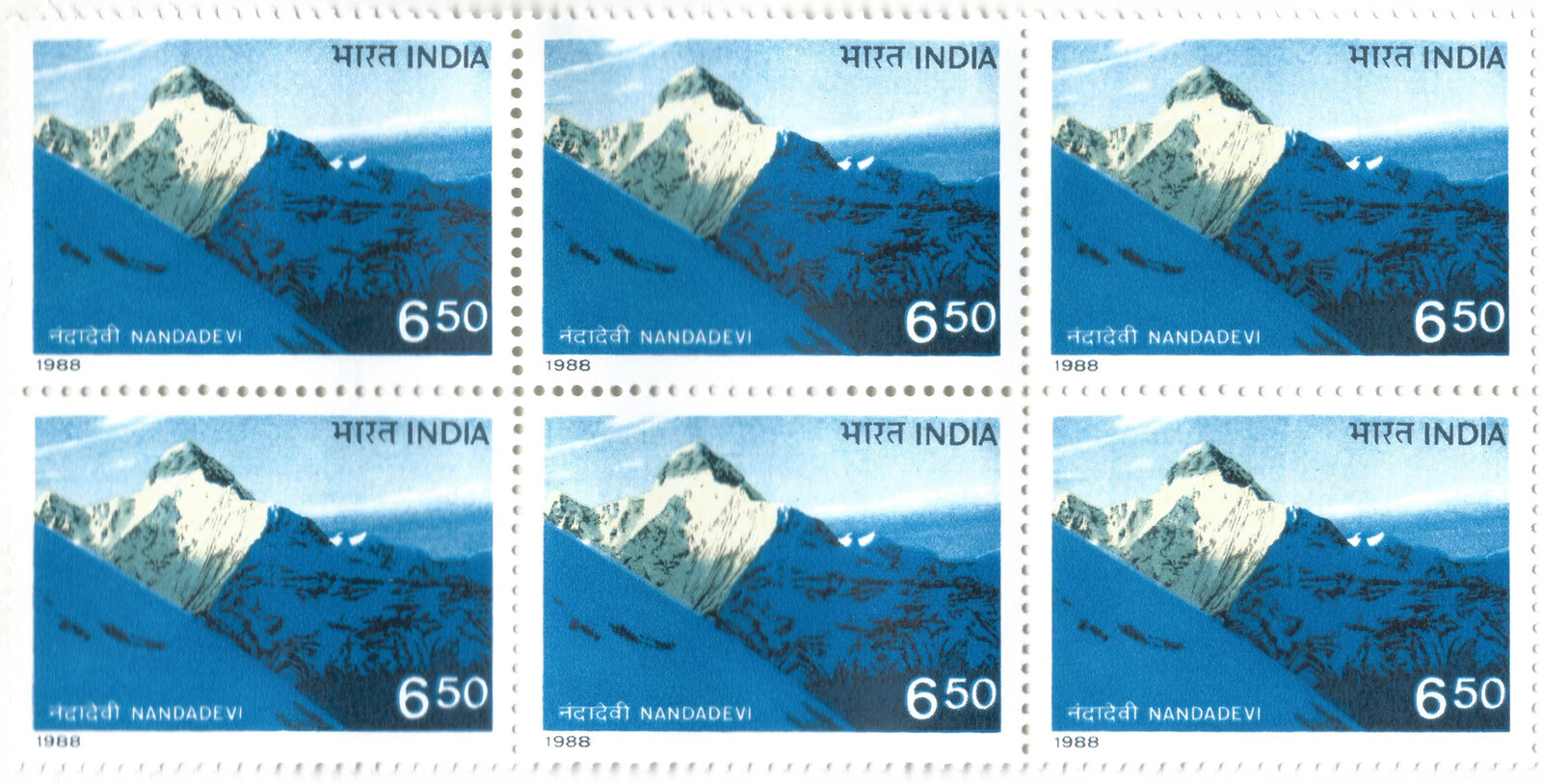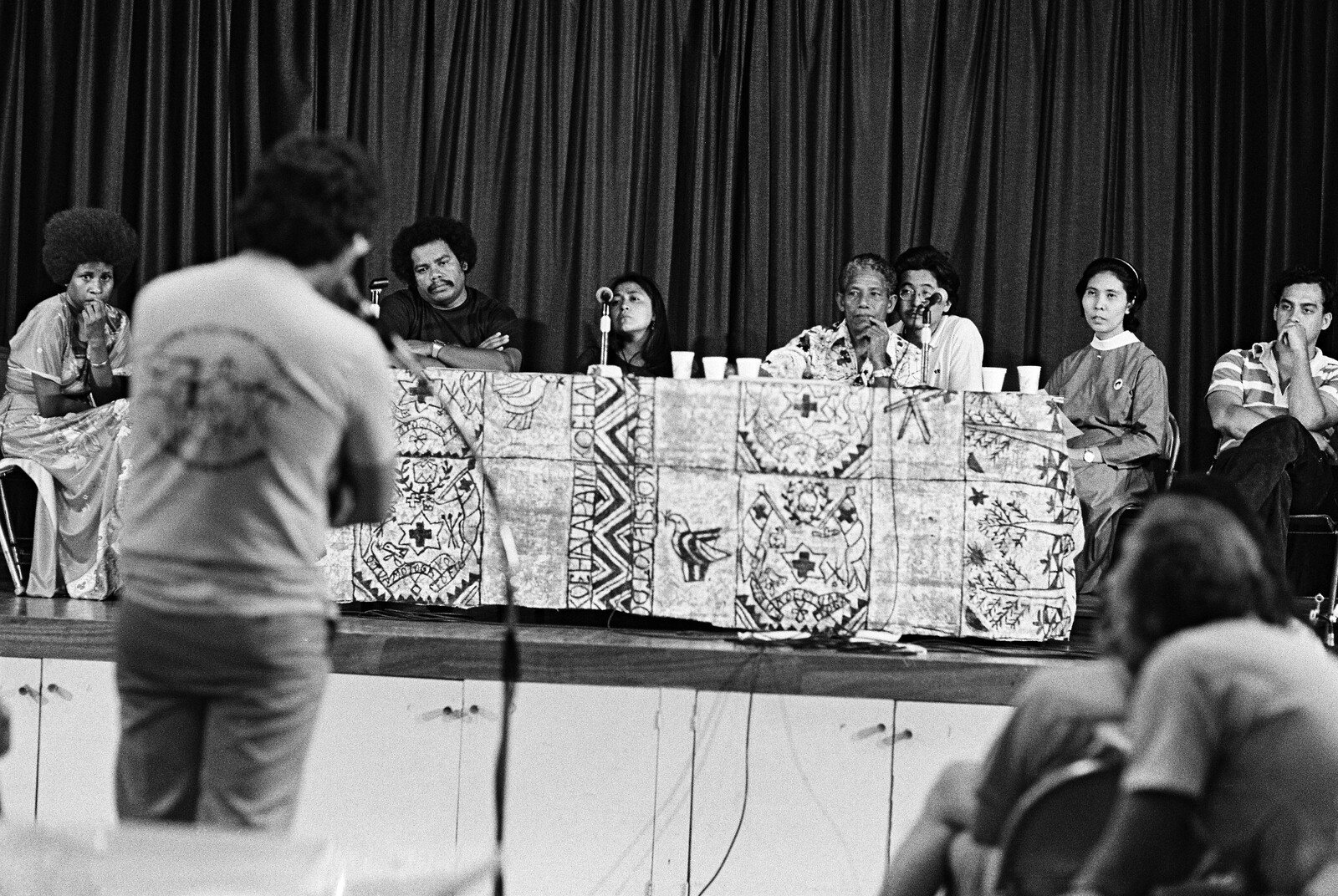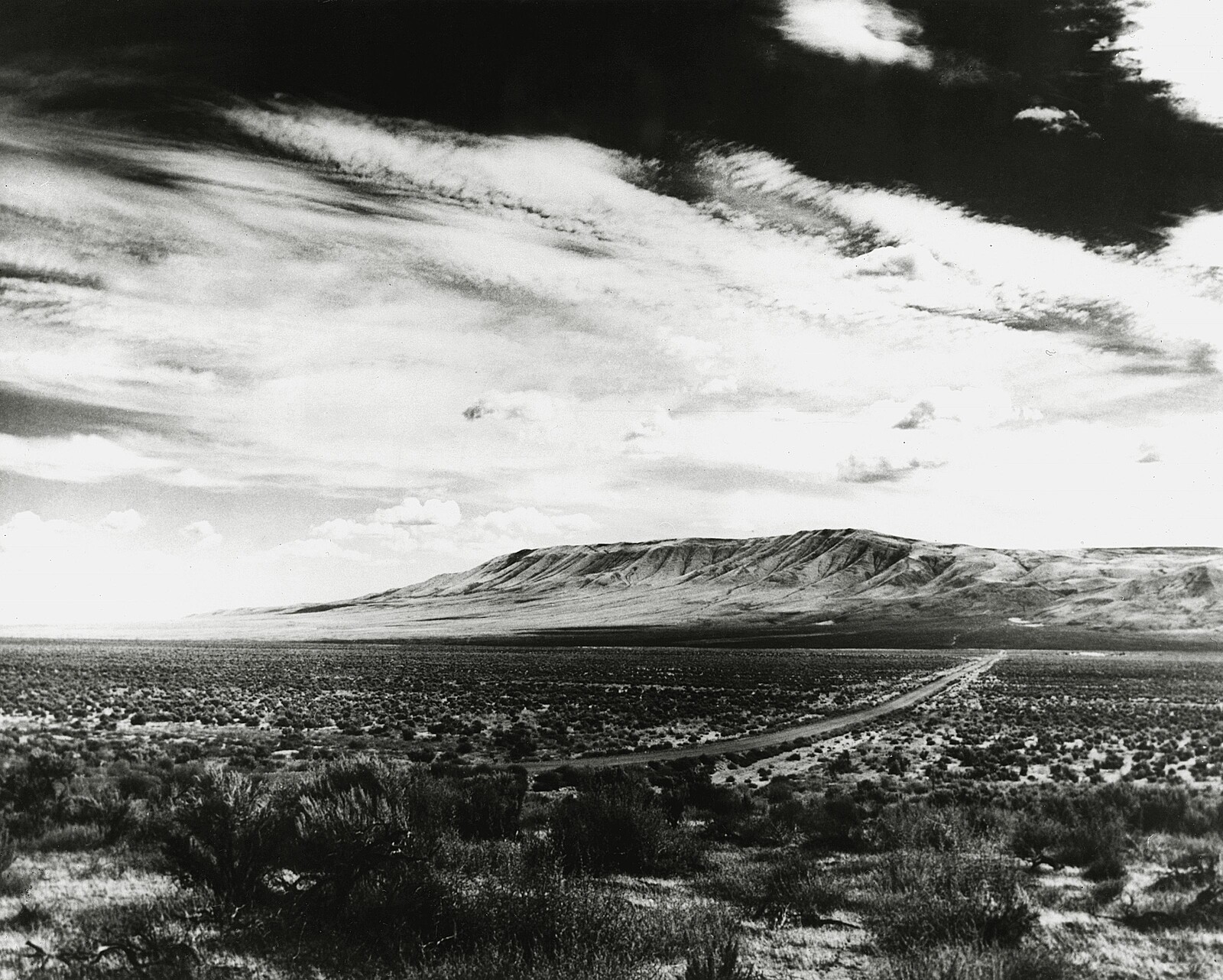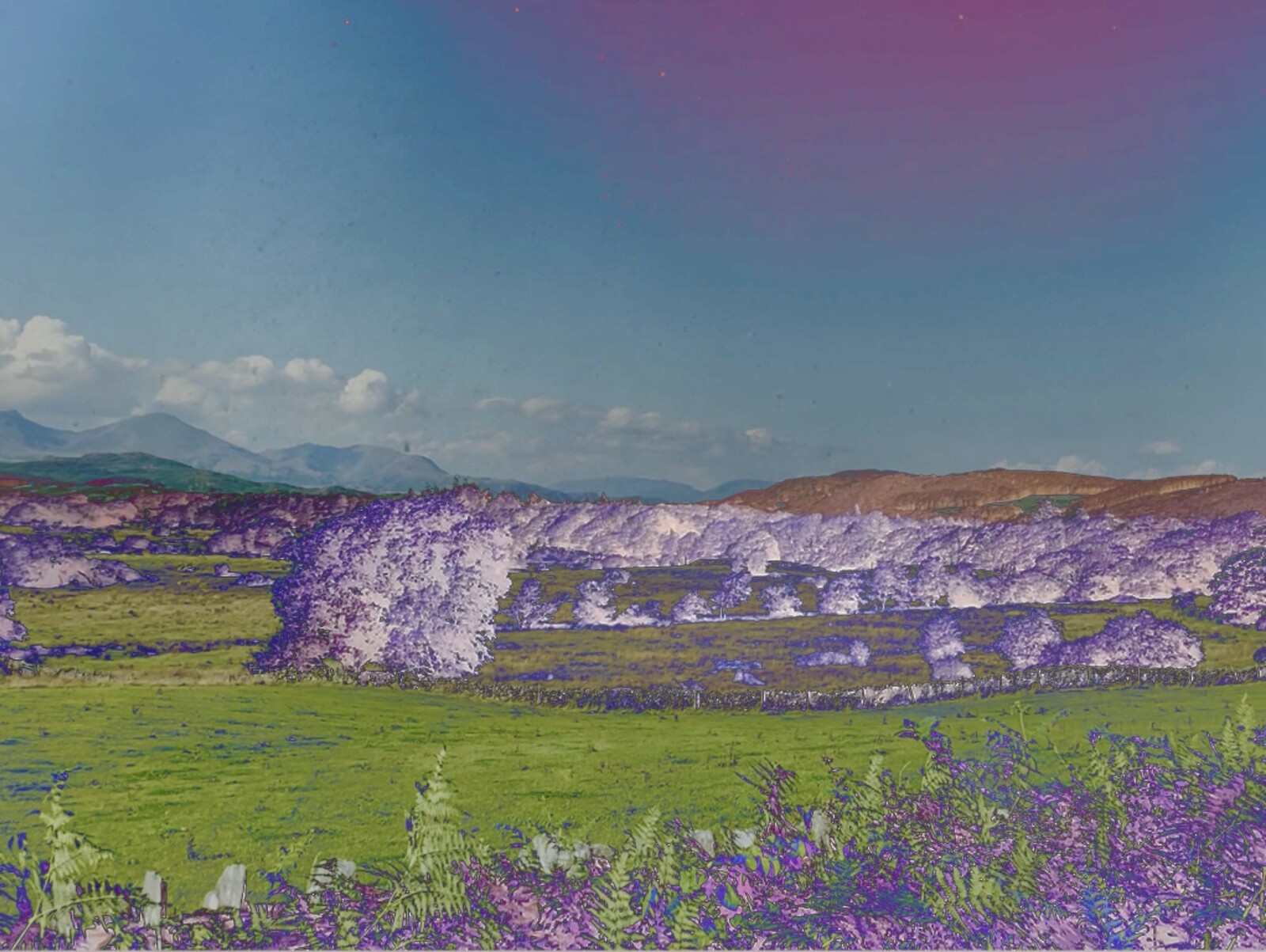“You are cunning,” a silver-bearded man grinned at one of us, as we waited for our bus at the only tea stall in Idinthakarai, a small village near Kanyakumari, the southernmost tip of mainland India. His big bright eyes then scanned the other: “you look innocent, you believe whatever people say.”
We hadn’t expected to be so publicly psychoanalyzed, but it didn’t seem that out of place. Idinthakarai is one of many fishing villages, hemmed in with coconut trees, which dot the Tamil Nadu coastline. Out here, the sea, the church, and other people’s lives are almost always within earshot. The village’s quaint appearance, however, belies Idinthakarai’s status as the epicenter of India’s longest anti-nuclear struggle. In the lead-up to the commissioning of the first nuclear reactor in early 2013, people in Idinthakarai witnessed brutal police action and, in its most active years, between 2011 and 2016, organized relay hunger strikes. The mood in the village today is a far cry from the carnivalesque atmosphere when we last visited on New Year’s Eve in 2012, when people from all over the country had poured into the village in solidarity with the protesting locals, who in turn had opened their houses to the visitors.
“Are you journalists? Anyway, I am not afraid of anyone except God. I can say that the Pope, he is siding with the Muslims, he is the devil,” the elderly gent, who trumpeted himself as a free thinker, continued. “These nuclear activists, they should be hanged. What are we supposed to do when Pakistan has ten times more nuclear weapons? We need to build bombs and we need these nuclear plants, even if they do some harm to us. Okay?”
Moments later, our bus arrived and we made our way past the village and the lights of its neighboring Kudankulam Nuclear Power Plant (KKNPP). It had been a disappointing day. We had failed to meet any of the women who had been at the forefront of the anti-nuclear protests, and most of the people who did speak with us refused to say anything on the record. It was palpable that the solidarity and openness of the heydays of the protest had, at least in part, morphed into deep division and mistrust within the community.
Both Idinthikarai and Kudankulam, the settlement that abuts the northern boundary of the nuclear plant, lie off the beaten path for the tourists that come to Kanyakumari—a narrow strip of “Land’s End” with an old temple, newer memorials to regional and national personages, and the Indian Ocean—located a little over twenty-five kilometers away. Yet in 2011 and 2012, Kudankulam and its nearby villages had commanded significant media attention. Putting aside their caste and religious differences, the locals around Kudankulam had put up a remarkable non-violent resistance against the nuclear establishment. We want to find out what has happened to that movement a decade later.
Next morning, en route to Kudankulam, our bus lurches past the bustling town of Anjugramam and other smaller settlements surrounded by farmlands and coconut and palmyra trees. But it is the giant windmills, mushrooming all over, that dominate the landscape and serve as a reminder that India is a country hungry for energy. All of this area, from Anjugramam onwards, falls under what is called the emergency planning zone: a sixteen-kilometer radius around the nuclear plant that would need to evacuate in the case of a disaster. Our fellow passengers include some non-locals, who form the bulk of the workforce at the plant. When we do not get off at either the Anuvijay— “Victory of the Atom”— town, a gated community for staff and their families, or the plant, some seven kilometers away, the few remaining people on the bus start eyeing us.
Once at the busy main market in Kudankulam, our local guide and a few other men quickly whisk us away to a house where we are scheduled to interview women activists who were involved in the 2012 protests. However, before we can begin our conversation, a man in a striped blue shirt asks us to write down our names and contact details. “CID [Criminal Investigation Department],” he replies softly when we ask why. “He is a policeman. He is just doing his job,” another man chimes in, matter-of-factly. The sprawling nuclear plant across the road reaches far into the lives of the people here. Police surveillance is part and parcel of the architecture of the nuclear establishment.


Police assemble in front of the nuclear plant before setting out for patrolling during the curfew in May 2012. Photograph by Amirtharaj Stephen.
The KKNPP is India’s largest nuclear power plant, housing two Russian VVER-1000 reactors—similar to the ones under siege now in Zaporizhzhya, Ukraine—with four others in the pipeline. As far as one can tell, the plant has little to do with nuclear weapons, but the Department of Atomic Energy (DAE)—the agency that oversees all things nuclear in India—makes it easy to indulge in wild speculations. Right from its inception in 1954, the DAE has been notoriously opaque, with little independent or public scrutiny, prone to sharing misinformation and grandiose statements.
While the US launched its “Atoms for Peace” program in 1953, the motto of the DAE has always been “Atoms in the service of the nation.” The nebulous nature of these slogans is often put on display. For instance, in 1974, the DAE tested nuclear weapons in the guise of a peaceful nuclear program, calling them “peaceful nuclear explosives” for the development of the nation.1 Things have been equally farcical in the case of the civilian nuclear energy program, where, in the name of national security, the DAE has refused to share details about basic public matters such as energy costs and nuclear safety. And even though the DAE is currently (and consistently) decades behind in meeting its own projections for power generation, it still proclaims a fifty-fold increase in nuclear power by 2050.2 The message is loud and clear: the future is nuclear, and only fools worry about the past—or the present.
“If we say anything against [the plant], they will file a case against us,” says a young woman who teaches science at a nearby school. “We don’t have permission to talk about this issue with the students. We can only teach things that are mentioned in the books,” she continued. While adding that the KKNPP supports some schools in its vicinity, like many others in Kudankulam, she is more concerned about the dismal state of affairs. “We do not have any facilities, we have long power cuts, we receive drinking water only once every ten days, and there are all sorts of diseases. Now, it is not possible to remove the plant, but at least our people should get better jobs. Outsiders have all the permanent positions there.” She is sympathetic to the DAE’s rhetoric of nation-building, but dismayed with the lopsidedness of it all. Why should people who live in metropolitan India receive the benefits of nuclear energy while people from Kudankulam take on the risks?
“People protested a lot, and nothing happened. Many who protested can’t get jobs there. It was a waste,” the teacher concluded. “People have accepted that they must live with the diseases. They have made up their mind to live happily until they die. They have started building bigger houses. And since people have come from other places, the land rates have increased, like in the big cities.” Indeed, right outside the nuclear plant, locals have opened new shops selling food, cellphones, and other sundry items. The area has become a real estate hotspot.
Outside, on the patio, the entourage of men who took us from the market, including the taciturn CID officer, were hanging around. Our guide, who runs a shop opposite the plant, joked, “I don’t know about nuclear waste, but the government hasn’t even been able to do anything about the sewage near the market.” A burly man, who was a small-time politician, added, “we have not had a single evacuation drill or disaster training exercise in all these years. We don’t know what to do if anything happens.” The other men nodded and awkwardly laughed. Earlier this year, the Kudankulam village council passed a mostly symbolic resolution against the upcoming “away-from-reactor” nuclear storage at KKNPP, citing concerns that the area would become a radioactive dumping ground.
As we got ready to leave, the conversation between the men turned to another kind of atomization—the splintering of the community and people looking out for their immediate self-interest. “We would have won the struggle, just as the people of Thoothukudi did against Sterlite, if many people had died here,” the local politician suggested. The cop didn’t seem convinced. When prompted, he counselled, “you can win against a private company, but with the central government, you have no chance.”
The region has seen sporadic protests ever since India and the erstwhile Soviet Union signed the agreement to build these reactors in 1988, as part of post-Chernobyl nuclear diplomacy.3 With the fall of Soviet Union, the project went nowhere for a decade. In the wake of its Pokhran-II nuclear weapons tests in May 1998 and the sanctions that followed, however, India sought Russia’s help. Construction work at the Kudankulam plant finally began in 2000. However, it was the 2011 Fukushima accident in the aftermath of a tsunami that hit close to home. Most locals recall the 2004 tsunami, which killed thousands of people along the Tamil Nadu coastline. Idinthakarai still hosts a “Tsunami Colony” for some of the resettled families.
A few days after the Fukushima accident, a senior DAE official announced that “there [was] no nuclear accident or incident [in Fukushima],” instead claiming that “it was purely a chemical reaction and not a nuclear emergency.”4 Such technocratic stonewalling, typical of the DAE, did little to allay the anxieties of people living around the plant. Following a test run at the nuclear plant in July 2011, which involved generating high pressure steam to check safety mechanisms, residents started protesting non-violently. The DAE sought to further counter locals’ heightened fear with high-handedness and by flexing its scientific, economic, and legal authority.
Former Indian president A. P. J. Abdul Kalam—uniquely positioned as both a leading defense scientist and a member of the coastal fishing community in Tamil Nadu—visited KKNPP in November 2011. He declared the nuclear plant to be safe and recommended introducing four-lane highways, hospitals, jobs, and bank subsidies to the area. However, the former president refused to meet those in the village with anti-nuclear sentiments, declaring instead that “history is not made by cowards. Sheer crowds cannot bring about changes. Only those who think everything is possible can create history and bring about changes.”5
Months later, tired of intransigent protestors, the state enlisted the help of India’s leading mental health hospital to counsel them. Meanwhile, the police and other security agencies dealt with dissenting locals in their own style. By the first anniversary of the non-violent protests in August 2012, nearly 7,000 people had been accused of sedition and waging war against the state. Many in Idinthakarai still refuse to forgive the state for how they responded to the protests.
Mildred, a fifty-year-old leader of the Idinthikarai protests, with dozens of legal cases against her, recounted the day they marched on the nuclear plant in September 2012. “We were frightened by the gun fire. I was in the front with other women and the hot gas fell between our legs. We couldn’t breathe. We couldn’t see for many days. They captured six other women, but I escaped by swimming into the sea,” For Mildred and other villagers from Idinthikarai, marching on the plant was a last-ditch effort to stop the loading of the nuclear fuel rods and the commissioning of the first reactor at KKNPP.
“That changed everything. We decided to protect the village by destroying the roads. We rang the church bell to warn people about the arrival of the police. We were hurt in our hearts,” Mildred continued. Throughout, the state could only see the irrationality and naïveté of this resistance, with the Prime Minister and Home Minister alleging that “foreign NGOs” were instigating the locals against the KKNPP. However, most of the apprehensions of the women activists we met in Kudankulam and Idinthakarai were grounded in their personal experience and knowledge.
“There was a screeching loud sound,” Simi, another Idinthikarai fisherwoman, tearfully recalled of the July 2011 test run. “We couldn’t work or do anything. We wondered whether there would be a blast, whether we would die, or whether babies in the womb would be affected. We still hear that sound. It comes to us at night.”
A DAE official later admitted to the “lack of communication with the locals,” but still failed to understand their refusal to cooperate with emergency evacuation drills that were planned after the test run. “The police asked us to leave, to shift to another place, and not stay here,” Simi told us, with anger in her voice. “I fought with them. This is my village, my place, my work. I will stay here. I will not answer you. Get out!” The mock evacuation made real the possibility that they might have to leave this area, sooner or later, which was not an acceptable option for these Idinthakarai women. For them, their land is not a fungible good. No promise of a job or housing elsewhere was worth it. “We long for this place. It is everything to us. Our lives depend upon the sea. It is our life, our mother … truth, Lourde Matha (Mother Mary), Kadalamma (Mother Sea), they are equal.”
Radiowaves Collective, Mothering a Movement, 2022.
In Idinthakarai, this fierce sense of belonging to the soil and sea is a common refrain, even among different generations of women. A senior government official once put this down to their “primitive” mindset—calling them a “sea-tribe”—and to their inability to understand modern society. This framing is, of course, an attempt to dismiss these people as relics of a bygone era. “Mobile phones came around [the protest] time. We started googling the effects [of radiation]. Only then did we realize how dangerous this could be. We saw the fate of Chernobyl, of Fukushima,” a twenty-seven-year-old nurse, Preeka, who was soon leaving to work at a hospital in Qatar, told us.
As we sat outside the small chapel where she prays a few times a day, the shore was dotted by fiberglass boats that had replaced the traditional wooden kattumarams. “This church was different earlier,” Preeka continued. “I would say ‘It is bigger than before and newly painted, therefore it is good.’ But certain changes, I feel sad about. Our place is no longer ours. The seashore where we played no longer exists. The rock we used to sit on is gone.” It is not change that alarms these women; instead, it is the loss of sustenance and power, which stems from their identity as fisherfolk.


Every day 10 percent of the earnings from the catch would go towards supporting the protest. Photograph by Amirtharaj Stephen.
“We don’t need to depend on anyone. We don’t have to worry about salary or work abroad for sixteen hours a day,” Simi asserted. “We go when we wish, otherwise we stay home. If there is rain, we can stay. No one can question us, ‘Why are you not going to work?’ We fish, we eat, and we don’t need to ask anyone for anything. Working in our own place—it makes us happy, so we won’t leave this place.” Maybe these women understand power politics all too well, and in fact, there might be some truth in the state’s accusation of sedition, because they do not feel obligated to the state. Instead, they demand that the state be more responsive to them.
The anti-nuclear movement did pressure the KKNPP into some outreach activities—the nuclear station runs tours for school and college students and annual tree planting exercises, besides supporting local health and educational facilities. However, there has been little substantive dialogue around nuclear safety with the local communities to date, let alone independent monitoring. Plant authorities do not make their environment survey lab reports publicly available.
Albeit without recourse to scientific data, these women read the nuclear plant and its effects on their lives in anecdotal terms and in stories that make sense to them. The fish catch, the illnesses, the changing climate, and the sea all have become signs of things to come. Preeka observed, “The sea is my favorite. But now it is not good and it angers me. Many babies are affected with diseases, such as cancer and thyroid, these diseases are coming to our people … And since people get affected by diseases without doing anything wrong, they can’t control it. It makes me very sad.”
Separately, Simi shared with us, “Earlier, we used to get a lot of fish, which was very good. There was good rain. It didn’t matter whether other villages had, but our village had good work all through the year … Now it is going to be a year since we have had any rain. And so many people are dying of cancer, kidney failure … There are premature births and many people are having infertility. If the nuclear plant stays, there won’t be Idinthakarai.”
The DAE and KKNPP have repeatedly assured them that radiation levels and health indices are normal, but these Idinthakarai women see no reason to have faith in the state and its technocratic optimism. For them, the nuclear plant is a curse, summoning all their nightmares in which their world is changing and they are powerless to do anything about it. In this regard, these women are not far off from the scholars who see human-made radioactive nuclides as a marker of the Anthropocene.
Even though the authoritarian techniques of the nuclear establishment have prevailed, the activists in Idinthakarai have faith in their own powers. “We placed women in the front because men get emotional. They will hit anyone, they will get angry, but girls are not like that,” Preeka argued. “They are very patient, they think, like a mother raising a child patiently, slowly, teaching little by little with love … We make decisions considering the future.” The women made a strategic choice to keep the men away, as they knew that men risked getting beaten and arrested by the police. And if it meant adding on to their work at home and outside, so be it.
“I went to the protest daily for five years, seven years,” recounted Simi. “We would wake up at five o’clock and cook breakfast and lunch. My husband would say I shouldn’t go. But we women still went, saying, ‘My child needs to live in this place. She can only live here if I live here.’” It was striking how these women activists situated their politics in motherhood and in their responsibility as the guardians for future generations. Prayers to Lourde Matha at the main church, floral tributes to Kadalamma, and protests against the nuclear plant all lie on a continuum as acts of reverence for life. While this politics around maternity might not sit well with a certain progressive outlook, these women are clear about their feminist goals.


Women pray to Lourde Matha inside the church just after police attacked the protest in Sep 2012. Photograph by Amirtharaj Stephen.
“A time will come. We will take over the village and remove the nuclear power plant. If this village is in the hands of fifty women like us, we would keep this village much better than what it is,” Simi declares. Her eldest daughter is studying to become a social worker. Mildred, the protest leader, has drawn even more radical lessons from her experience and their communitarian brand of feminism. “Now wherever we go, we speak with courage. Tribals, Dalits, and other people, everyone has come here and we have protested along with everyone. We have had a meeting with Jallikattu protests in Chennai. We went to Kerala, there was the Hindu God Aatukalammai like Lourdu Matha. We went there during the night with rice, firewood, and pots, stayed there, cooked in the morning, and protested. The police followed us. But we aren’t afraid. This land, village, and the world is ours.”
A few days before we came, Idinthakarai witnessed a showdown between those who wanted to accept money from the nuclear plant to renovate the village playground and others who remain opposed to any such enticements. Even though the voices of the women activists carried the day, it isn’t clear how long this resistance will last. On our way out, we meet a young engineer, and ask him about his future plans. “I don’t blame others who might work at the plant, but I refused to work there. I have seen the people of my village struggle against it … Our people have no say. I am preparing for a government job. We need to take charge.” Perhaps the hopes of the women aren’t too far-fetched, for people’s movements too have long half-lives.
When Prime Minister Jawaharlal Nehru was questioned on the secrecy around research for peaceful purposes, he admitted that he couldn’t distinguish between peaceful and defense purposes. India was involved in developing the Nuclear Non-Proliferation Treaty, but eventually did not sign it. In 1974, under Prime Minister Indira Gandhi, the first nuclear weapon, nicknamed Smiling Buddha, was tested, after which her popularity soared. M.V. Ramana, The Power of Promise (Delhi: Penguin Random House India, 2012).
A DAE report projects that, by 2052, nuclear energy will produce 199 gigawatts of electricity. In 2022, production is at 6780 megawatts. The Comptroller and Auditor General noted in its 1999 report: “Against the targeted additional power generation of 940 MW by 1995–96, gradually increasing to 7880 MW by 2001 AD, the actual additional generation of power under the profile as of March 1998 was nil in spite of having incurred an expenditure of Rs 52,914.8 million” (Ramana, The Power of Promise).
Opposition to the plant began at the time of its proposal in 1979. In 1989, police fired at a May Day rally in Kudankulam, injuring seven, including a parish priest. Following the disaster at Fukushima, the protests began again in August 2011.
“Japan Nuclear Crisis: No nuclear accident in Fukushima, say Indian N-experts,” The Economic Times, March 15, 2011, ➝.
“Kudankulam protests: APJ Kalam suggests 10-point action plan on KNPP project,” The Economic Times, November 7, 2011, ➝.
Half-Life is a collaboration between e-flux Architecture and the Art Institute of Chicago within the context of its exhibition “Static Range” by Himali Singh Soin.
